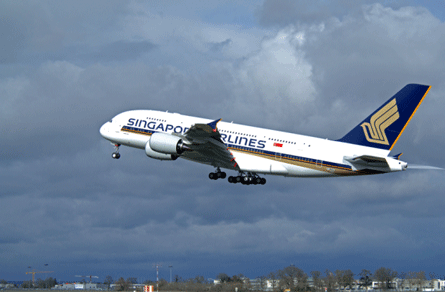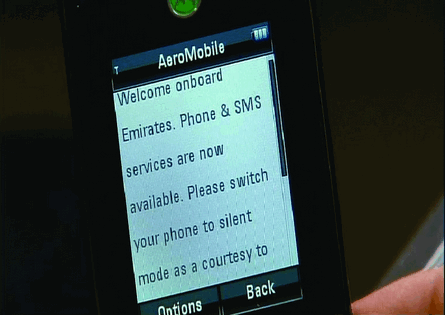Airlines are upgrading their in-flight entertainment to distinguish themselves in the market and boost ancillary revenues
Sky-high fuel prices and their negative impact on airline earnings have failed to significantly hinder the rapid deployment of in-flight entertainment systems and connectivity services aboard the world's fleet.
From European budget carriers to US majors, the push to entertain or connect passengers - or do both - is proving an attractive proposition.
Two significant drivers are contributing to this phenomenon. Airlines that are known for their superior in-flight services, such as Cathay Pacific and Singapore Airlines, continue to use cabin innovation as a way to differentiate their brands from the competition, while many others are turning to technology to open up fresh revenue streams.
 |
|---|
"Those players that have a longer vision, and are not as worried about the day-to-day swing in oil prices, are using this time to expand their fleet with more fuel-efficient aircraft," says Panasonic Avionics director of strategic product marketing David Bruner. "And they are not scaling back at all. They are going for the top line products we offer and that is surprisingly good news for us,"
Emirates says the first three months of experience with in-flight mobile usage has been positive. "Passengers have reacted matter-of-factly, as if it was the most natural thing in the world," says Emirates vice-president for passenger communications Patrick Brannelly.
It installed AeroMobile technology in March to enable the first authorised in-flight mobile telephone call on a commercial flight. The service is offered to passengers in tandem with the in-seat telephones and short-messaging-services found at every seat. "Emirates has always believed that a great product will protect your yield. It will attract passengers," says Brannelly.
 |
|---|
AeroMobile has also secured commitments from Qantas, Saudi Arabian Airlines and Turkish Airlines, while its rival OnAir is trialling on Air France and TAP Air Portugal, and getting ready to go live on Ryanair.
In the USA, where use of mobile telephones in-flight is banned, some operators are taking their cues from the likes of Virgin America, which charges for meals and movies and will soon begin charging for internet access to boost ancillary revenue.
Like the San Francisco-based budget carrier, American Airlines and Delta Air Lines have agreed to offer Aircell's air-to-ground internet service, dubbed Gogo, to passengers for a fee. Alaska Airlines and Southwest Airlines, meanwhile, intend to trial Row 44's satellite-based connectivity system.
"Frankly, from our perspective, what we're doing is making it just such a compelling financial proposition, the airline has really no alterative but to move forward," says Aircell chief executive Jack Blumenstein.
The future windfall could be substantial. Recent research from MultiMedia Intelligence suggests the market for in-flight broadband services is poised to grow to $936 million in passenger revenue in 2012, up from initial revenue of $6.6 million this year. Similarly, the market for in-flight live direct broadcast video is projected to grow from $87 million in 2007 to $913 million in 2012.
Source: Airline Business
















